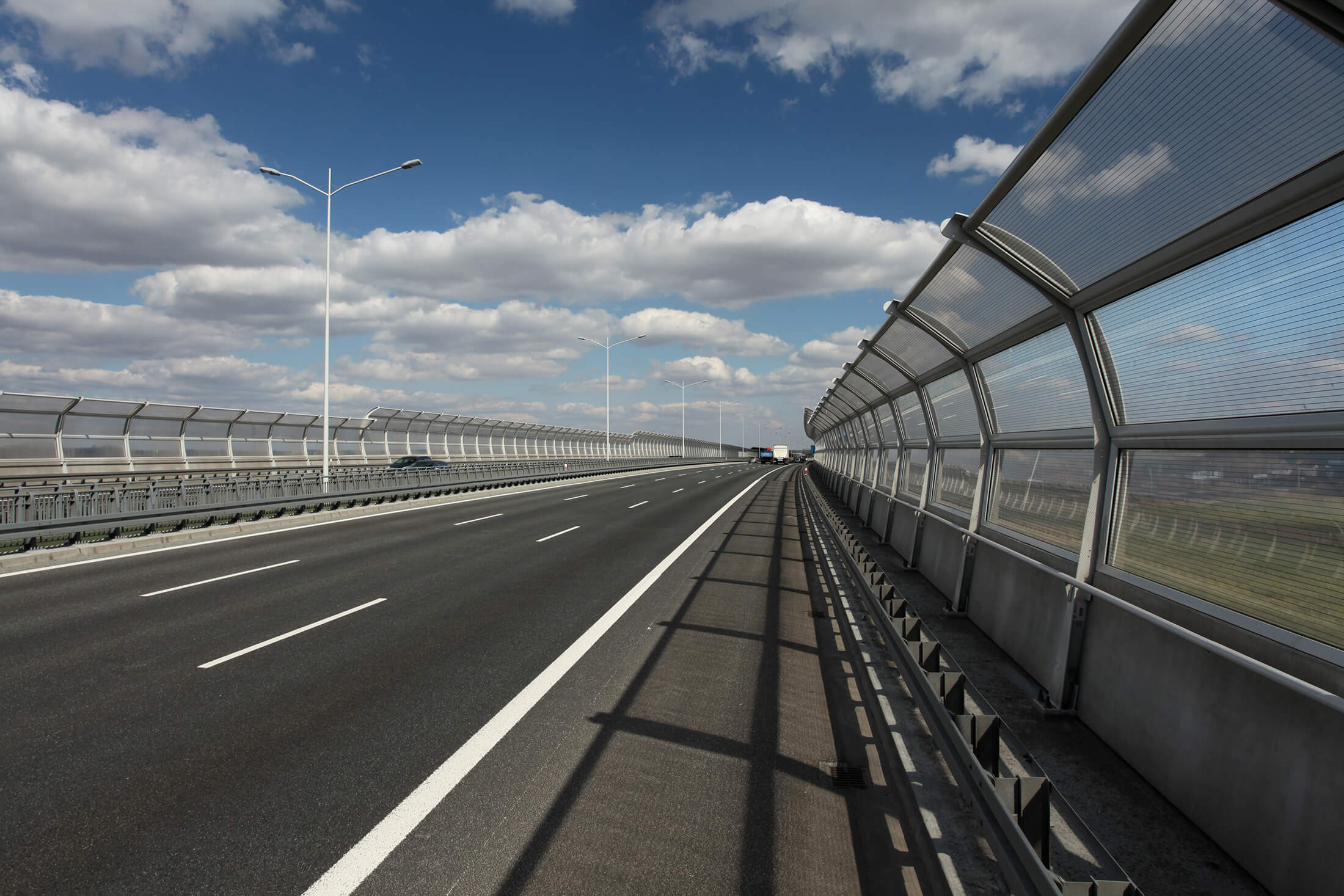You’ve probably seen those long stretches of walls on highways, especially near residential and commercial properties or bridges. Have you ever wondered what’s their purpose or do you presume that they are safety measures? You maybe even think that they are simply there to harvest green energy, especially if you’ve come across the walls featuring solar panels. You might not give it a thought, but the walls offer a lot more than making the region friendlier. With noise pollution posing a range of health concerns, lessening the impacts, especially in densely populated areas, is essential. That’s the primary purpose of those walls, simply known as highway sound barriers.
A highway sound barrier is a specially designed wall that aims to reduce traffic noise impacts. This allows the resident to enjoy a more comfortable area, such as facilitating productive conversations and quality sleep time. It also lessens the impacts of excessive noise exposure that affects hearing, leads to cardiovascular disease, and in young children, affecting their development, to mention a few potential problems. There are two primary types of highway sound barriers; ground and structure mounted barriers. For a highway sound barrier to be effective, it has to be tall enough, on average, scaling 14 feet high and long enough with no breaks. This forces the sound to take a longer path, diverting it away from the intended area. Let’s take a look at the common highway sound barriers to help you better understand those stretchy walls.
Noise berms
Noise berms are developed from natural earthen materials like rubbles, soil, and stones. Most of the noise berms are in unsupported condition. The highway sound barriers are typically constructed using surplus materials on the project site. The barrier’s primary drawback is that it requires more space to ensure that it scales high enough without concerns such as structural integrity that could affect road users or residents. The sloping sides on the highway side and properties are required to be gradual enough, necessitating more space to ensure that they are structurally stable. Side slopes of 2:1 run: rise ration is recommended. This means 2m horizontal to 1m vertical, a ratio that makes noise berms take more space compared to wall highway sound barrier, hence not as popular. Following the noise reduction needs, a noise berm could feature a plateau on the top, facilitating further construction for acoustical effectiveness. It could also be used to enhance the region’s appeal, such as panting plants. While effective, plateau top demands more space.
Noise walls
Noise walls are the most popular highway sound barriers. The walls are fabricated off-site, transported, and elected in the intended area. Noise walls are easier to construct and maintain. With advanced technology, they facilitate additional functionalities like the inclusion of photovoltaic cells to harvest energy from light. What’s more, as they could include absorptive material that doesn’t bounce as much sound, they are more effective in lessening the traffic noise.
Noise walls are also versatile, as they can be designed with a region in mind, facilitating a seamless blend with the rest of the environment. For instance, the walls can be designed to retain earth on areas featuring a slope. The highway sound barrier can be constructed on a slope hinge point, helping conserve the environment without affecting the noise reduction contribution. The common noise wall types include brick and masonry blocks, post and panel walls, free-standing highway sound barriers, cast-in-place concrete sound barriers, and direct burial panels.
As highway sound barriers continue to become a standard in busy cities and suburbs, their effectiveness remains a hot topic. Due to the designs and materials used, the barriers aren’t effective for properties uphill of the highway, not to mention if you are several streets from the sound barrier. Weather considerations such as wind also affect the noise barriers’ effectiveness. The worst part is that properties uphill could even experience more noise than without the sound barrier, noting that they operate by forcing the sound to take a longer route, hence effective for those near the highway. Despite the hiccups, residents have observed considerable benefits, such as a quitter environment, healthier gardens, and privacy, to mention a few. Such noise reduction effects have led to the growing popularity of the barriers, with the installation of noise walls in residential properties in noisy neighborhoods even without busy roads nearby, increasing by the day.
While a highway sound barrier could create a boxed-in feeling for the motorists, like driving in a tunnel with no roof, it is essential. Lack of scenic vistas might also feel uncomfortable while driving as the barriers are erected high enough to lessen traffic noise. The residents might also feel walled-in, with their properties looking like a prison yard. The blocked view could also limit sunlight, but a highway sound barrier’s contributions can’t be ignored despite the downsides.
The good news is that, as the relevant stakeholder continues to realize the value of the barriers and their impacts on various groups, they’ve implemented additions that make them less of an annoyance. Aesthetic appeal, with measures such as variations in designs, colors, tones, and proper maintenance, makes the sound barrier walls look more like a natural part of an area. Moreover, with additions such as solar panels, the sound barrier walls are becoming more functional, not just in lessening the traffic noise.
We are always surrounded by noise. However, this doesn’t mean that we should embrace it and expose everyone to excessive noise. Noting the considerable health effects, lessening the noise, despite the growing population, infrastructures, and 24/7 economy, to mention a few factors, containing the increasing noise levels shouldn’t be overlooked. A highway sound barrier won’t eliminate the traffic noise, but it reduces it to a favorable level. You can comfortably communicate with your neighbor a few feet away while a heavy truck makes its way through the highway. You’ll also enjoy quality time, such as barbeques in your garden and peaceful night time, despite the highway being full of life around the clock all year round.





